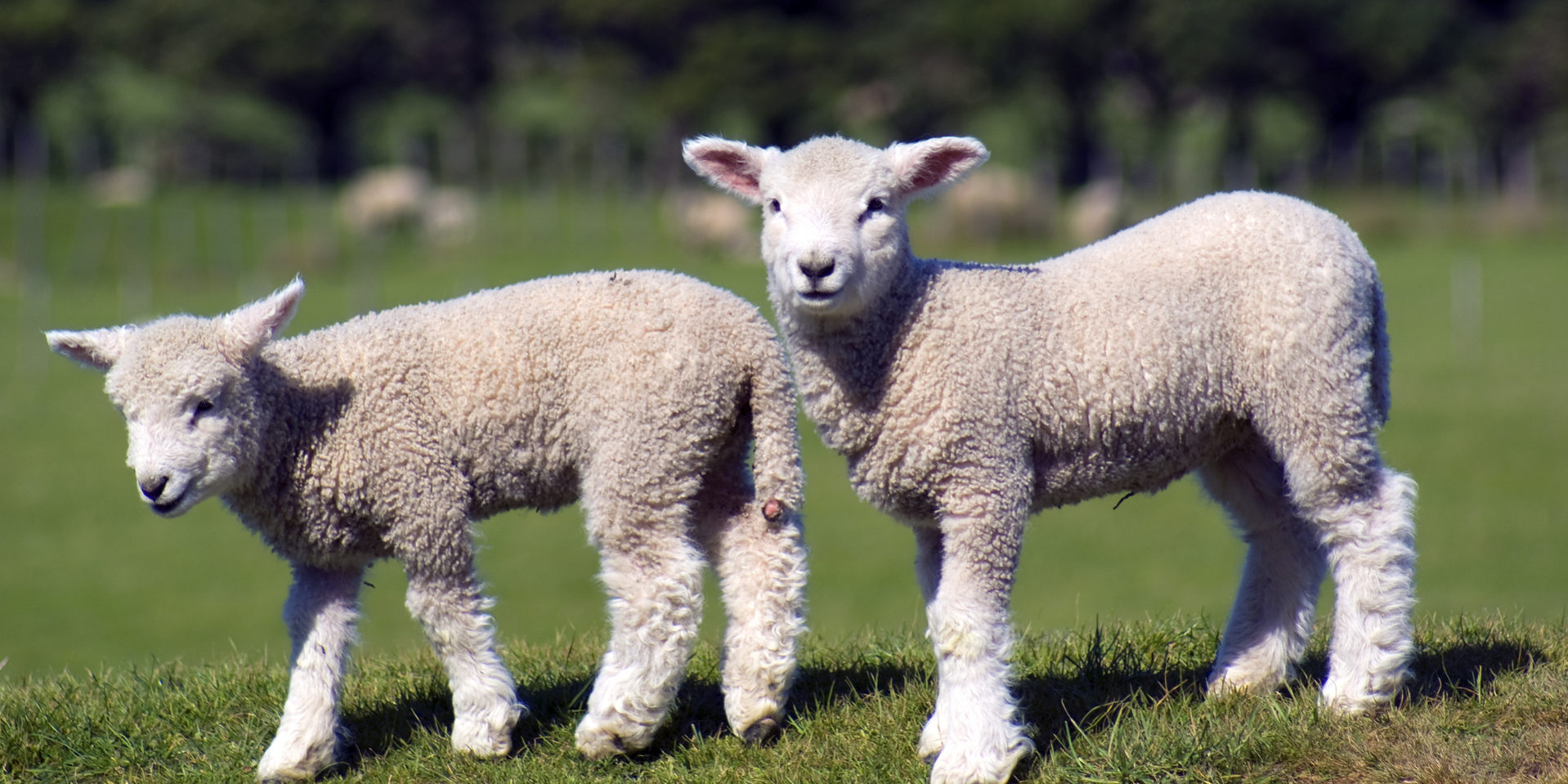By Helen Taylor- Veterinarian, Vet Services Hawke’s Bay.
Rearing orphan lambs can be an enjoyable and rewarding job for a whole spectrum of people – from a lifestyler with a couple of pets lambs to the owner of a highly productive stud flock fostering triplet lambs of high genetic merit. Pet lambs are also easy for children to rear and are a great way to teach them some of the responsibility of pet care. No matter what the situation though, the rules for successful lamb rearing are the same for every situation.
All lambs ideally need ewe colostrum or cow colostrum within the first 6 hours of life – having a bank of frozen colostrum milked from ewes or cows within 48 hours of lambing/calving is ideal. There are also powdered colostrum replacers available, which are convenient and mix easily.
If possible, continue feeding the lamb on colostrum as this produces the best growth rates, but whole cow milk is a good second and lamb milk replacers are the practical choice when feeding large numbers of lambs. The lambs will learn to suck from teats quickly and either bottle feeding individuals, racks of bottles for a handful of lambs or a milk bar with individual compartments, it allows each lamb’s intake to be monitored closely.
Get the mixing rates right and be very particular about this- stick to label rates unless there is a very good reason to do otherwise. Changing the dilution is very hard on the digestive system of small animals and can cause sudden onset diarrhea. Milk that is too weak will also effectively “starve” a lamb- they cannot get enough energy if there was not enough milk powder used.
Lambs should graduate onto harder teats once they are feeding well to slow the intake down and volumes should be increased gradually to prevent them overeating. Adding natural yoghurt containing probiotics has been proven to reduce the likelihood of the life-threatening condition of abomasal bloat. With this condition, lambs show signs of a distended stomach with associated severe pain and if left untreated this can lead to death within a few hours.
Be very careful if you use multi-feeders. These are often not compartmentalised and the biggest lambs can drink more than their fair share- this is a recipe for bloat and use of probiotics or yoghurt will not prevent deaths in lambs that are simply overfed. Feeders with compartments or individual bottles (hand held or in holders) are best.
You can make yoghurt using a plain natural yoghurt sachet in ten litres of warm milk- keep it warm (around body temperature) until it thickens then keep it in the fridge for up to a week, in clean containers. Use some of the mix as a “starter” for the next batch you make. Add the yoghurt mix to the daily feeds at one part yoghurt to seven parts milk.
Be fussy about hygiene. Don’t leave the bottles or feeders outside- bring them in and clean them after every feed. Rinsing with hot water will do the trick but be careful with your selection of disinfectants- don’t use anything that you wouldn’t be prepared to use for your dishes.
Lambs need a warm dry environment free from drafts so a small roofed pen lined with clean straw or untreated sawdust is ideal. If they are very young when you receive them, provide a heat lamp too but make sure it hangs high enough that they cannot touch it- they may try to “drink” from it, with nasty consequences. They also need access to meal once they are a couple of weeks old as this encourages the development of their digestive system and prepares the gut for the change in diet at weaning. Keep lambs off pasture until they have started to eat the meal or pellets provided. Once weaned from milk, the lambs can have access to fresh pasture in a small paddock whilst continuing to supply meal, and once again the lambs will need adequate shelter from inclement weather – constructing lamb huts from bales of straw and tin roofs or enabling access to planted shelter belts is ideal.
At all times, lambs should have ample fresh water to drink and of course, if your lambs aren’t bright and happy then contact your vet sooner rather than later for advice.




